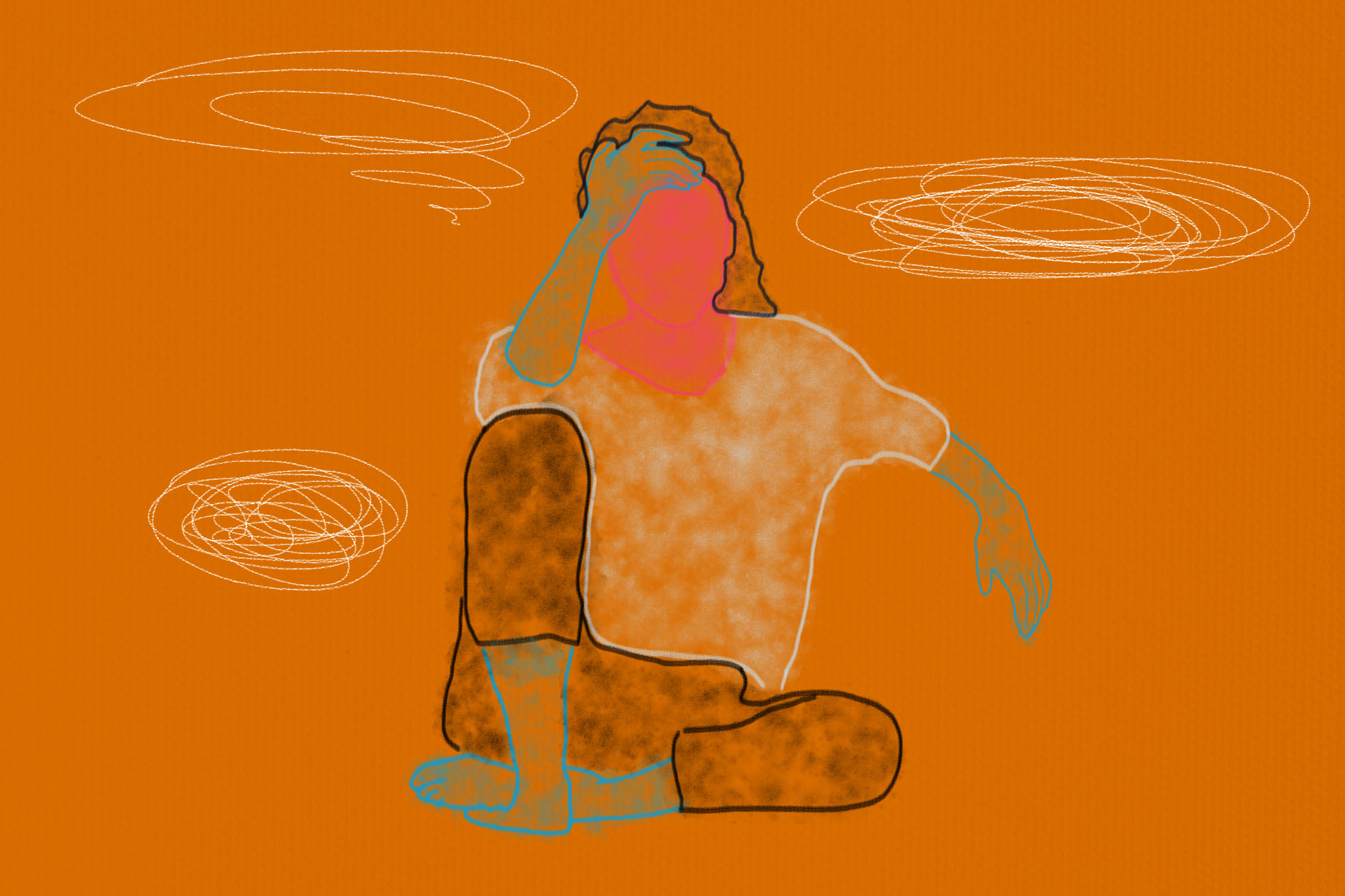It’s a sound that can make a parent’s chest clench with anxiety: a new cough coming from a toddler’s room in the middle of the night. One small cough can portend another round of COVID testing, and days, possibly weeks, spent at home helping the child recover from whatever virus it turns out to be. Routines once again disrupted, work distractions constant, anxieties compounded after nearly two years of living this way.
In a report published in August by the American Staffing Association, 62% of U.S. adults with children polled said their additional child care and virtual schooling responsibilities during the pandemic hurt their ability to get ahead at work. And although lockdowns are mostly a thing of the past, schools and day care centers have much more stringent rules than pre-pandemic times; many do not allow children to attend if they are displaying any symptom of illness. As common ailments such as rhinovirus, respiratory syncytial virus, and ear infections have spread among children this summer and fall, parents find themselves back where they were in 2020 – trying to balance work and parenting, with no clear end in sight.
“Working parents have been so overtaxed with work, child care/home-schooling and a lack of social support these past two years that they have been sacrificing their own self-care,” said Claudia Allen, director of the Family Stress Clinic and director of behavioral science in the Department of Family Medicine at the University of Virginia.
These stressors can lead to parental burnout – an “overwhelming exhaustion related to one’s parental role, an emotional distancing from one’s children, and a sense of parental ineffectiveness,” according to Belgian researchers Moïra Mikolajczak and Isabelle Roskam, who first identified the syndrome in the 1980s – well before the pandemic. Research published last month by U.K. children’s charity Action for Children found that more than 80% of parents there are struggling with at least one symptom of burnout due to the COVID-19 pandemic.
So what can parents do to help themselves through this difficult time? UVA Today reached out to Allen, as well as pediatrician Dr. Heather Quillian, an associate professor in UVA’s Department of Pediatrics, for answers.
Q. What are some signs/symptoms of burnout you’ve seen among working parents during the pandemic?
Allen: For many working parents, routines were completely disrupted and any free time for themselves that they did have (already scarce) was lost. Time for exercise, seeing friends, personal development, date night, etc., went right out the window. Downstream effects are negative on physical and mental health, for sure, and on marital/partner relationships.
One of the stresses of the pandemic for parents has been the pressure to create a whole new life for your kids. Some families with resources and a knack were able to do this, and they provided farm school, trips, etc. for their kids. And all of this was on Instagram, of course. The average parent not only was not able to do this, but also felt that they should. There was a lot of social comparison of how families handled the pandemic, and this left many parents feeling inadequate, even like bad parents.
Q. Are small children getting more illnesses from child care settings this year, or getting any illnesses that usually don’t show up normally in their age group?
Quillian: It may seem like kids in child care settings are getting more illnesses this year, and I do think that’s true compared to last year, but on the whole I think that the number is fairly typical in terms of what we saw pre-COVID. I think it just seems worse because last year there were relatively fewer illnesses in this age group.
I wouldn’t say that the kids are getting unusual illnesses. Respiratory syncytial virus (RSV) did come early this year – we saw cases over the summer which is unusual – but RSV itself is a common player during the typical cold and flu season.

Claudia Allen, left, is director of UVA’s Family Stress Clinic. Dr. Heather Quillian is a pediatrician at Northridge Pediatrics. (Contributed photos)
In general pediatricians do not think there are harmful long-term effects for young children to get these viral infections, and in fact getting viral infections builds immunity over time, and possibly even creates some crossover protection when new infections arise. That is one reason the flu vaccine can be beneficial over the years, even when in an individual year the vaccine is not a good match for what is circulating.
Q. How can parents who need to send their children to day care help them stay healthy?
Quillian: For kids who are in child care settings, the best ways to stay healthy are to encourage good handwashing practices and, if kids are old enough, mask wearing. It is important to remember though that masks will help prevent illnesses that spread through sneezing and coughing – like COVID-19 – but they don’t help as much with illnesses spread via fomites. Fomites are objects or materials which are likely to carry infection, such as clothes, utensils and furniture. Viruses that have more spread this way, say like the virus that causes hand-foot-and-mouth disease, will not necessarily be lessened by mask-wearing – perhaps only to the extent that masks keep kids from putting their fingers in their mouths.
Q. What are some tips you can suggest to parents suffering from burnout, in terms of coping with stress and improving their mental health?
Quillian: We as pediatricians certainly understand the burden that these repeated viral infections place on parents, especially working parents who are struggling with the demands of their jobs and have a difficult time finding a contingency plan when their child is ill. These past almost two years have been really tough logistically for many families.
I do think things will get better; we will hopefully, by early to mid-2022, have a COVID-19 vaccine available for kids under 5. While this vaccine will not prevent the other viruses kids get, I do think it will eventually help reduce the burden of getting children tested for COVID-19 – which will make us all happy, especially the kids!
Pediatricians do understand that testing is a big burden on families, but as long as COVID is still at high transmission in the community, and cases are predominantly in the unvaccinated (with young children making up a larger portion than previously), it is still necessary to test children for COVID with each illness unless there is a very clear explanation for symptoms. And the upside is – it is working! There hasn’t been widespread COVID in our local child care centers – so the diligence is paying off. We are almost there; it’s just not time to take our foot off the gas quite yet.










